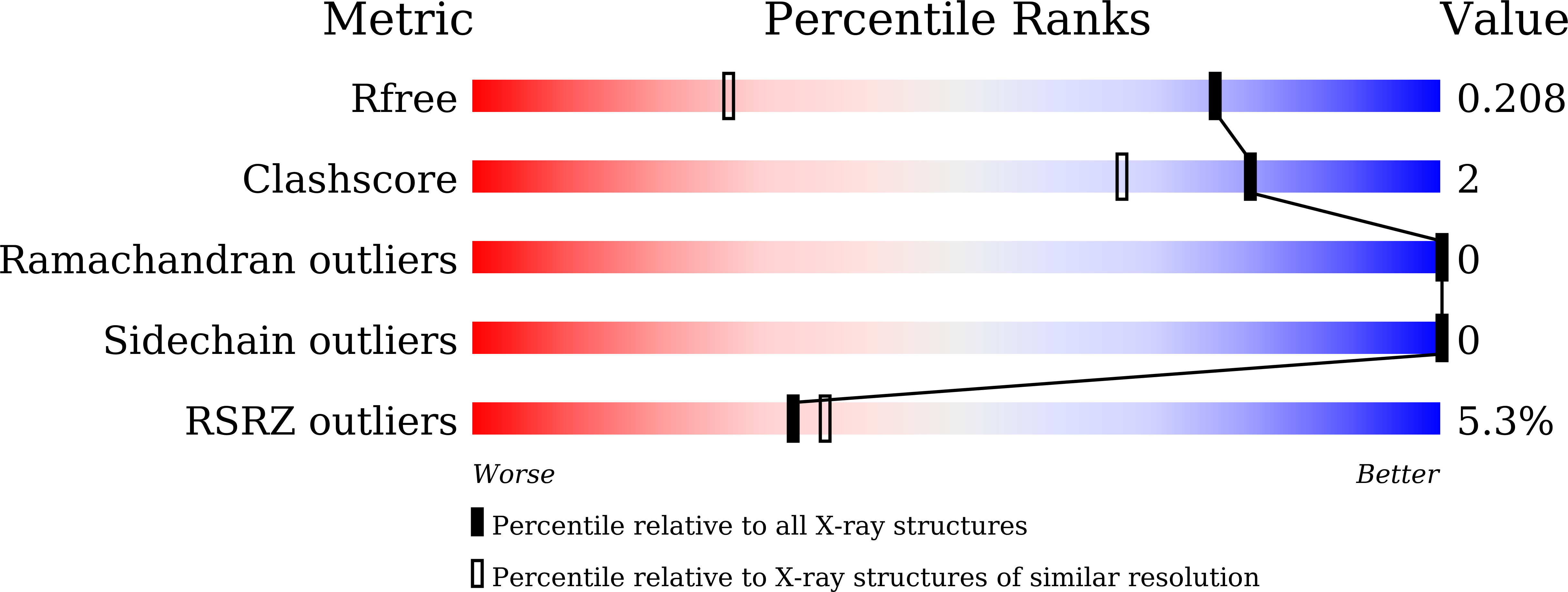
Deposition Date
2025-02-04
Release Date
2025-06-04
Last Version Date
2025-06-11
Entry Detail
PDB ID:
9LSC
Keywords:
Title:
Crystal structure of mRFP1 with a grafted calcium-binding sequence and two bound calcium ions in a calcium-free solution
Biological Source:
Source Organism:
Discosoma (Taxon ID: 86599)
synthetic construct (Taxon ID: 32630)
synthetic construct (Taxon ID: 32630)
Host Organism:
Method Details:
Experimental Method:
Resolution:
1.38 Å
R-Value Free:
0.20
R-Value Work:
0.19
R-Value Observed:
0.19
Space Group:
P 1 21 1


